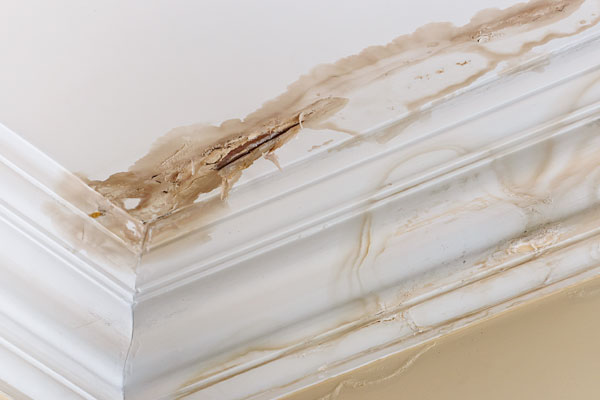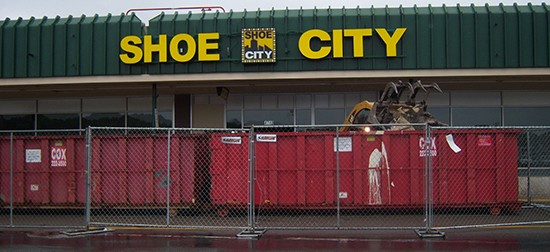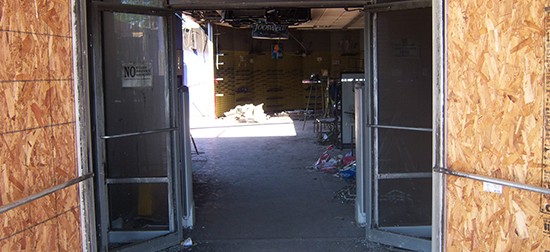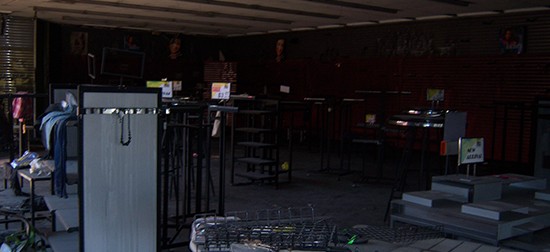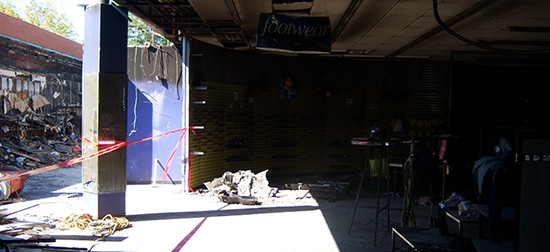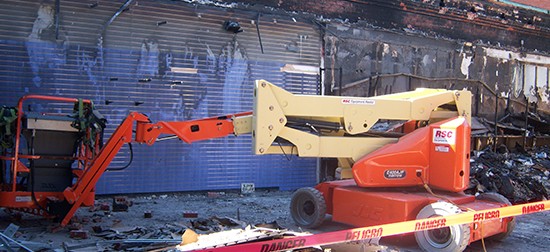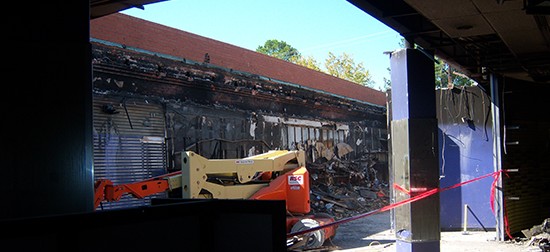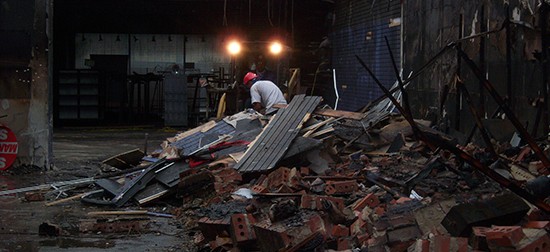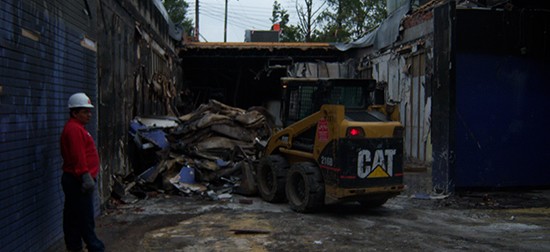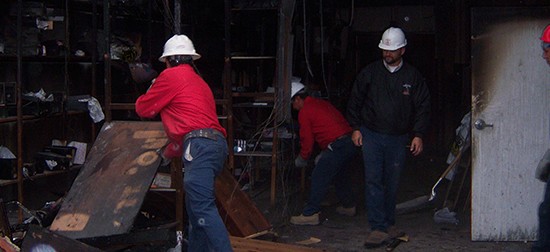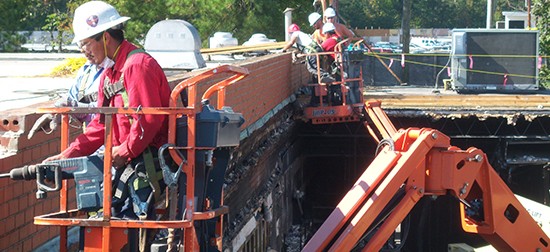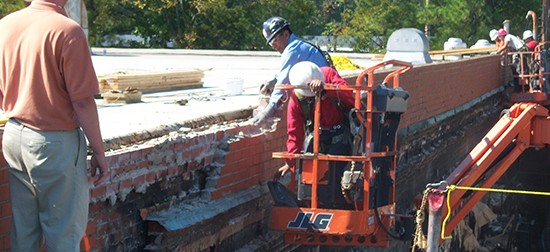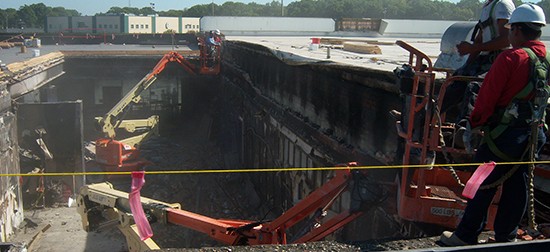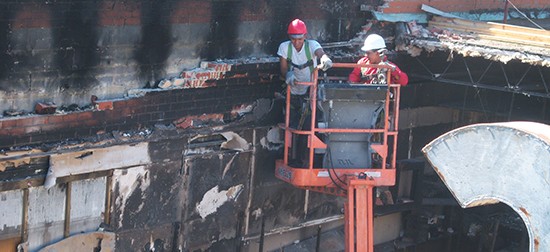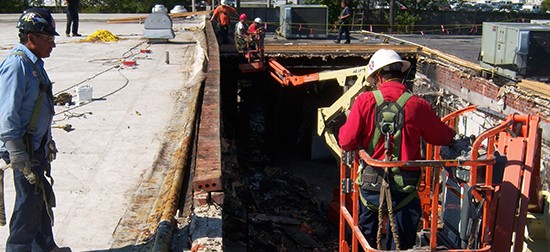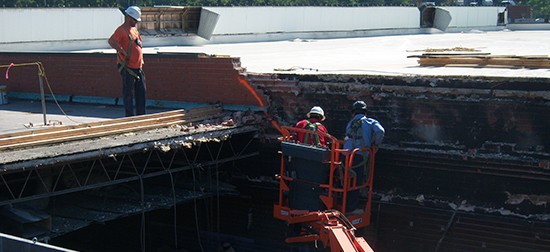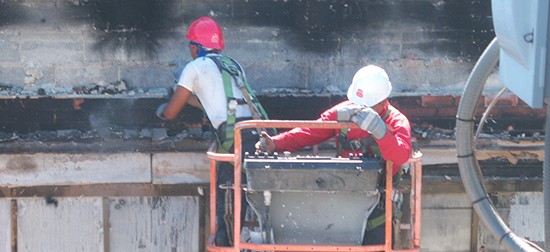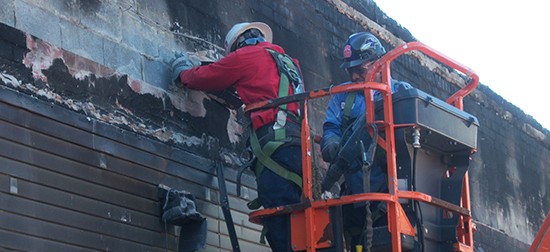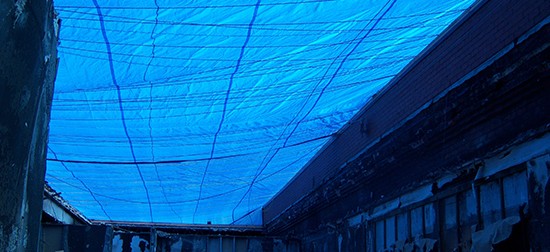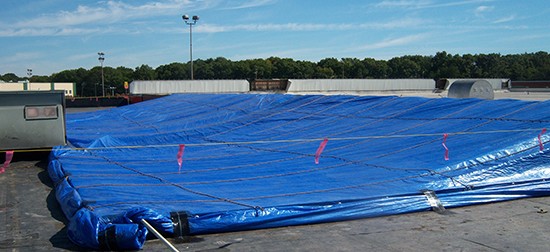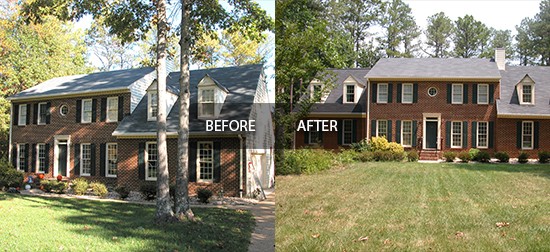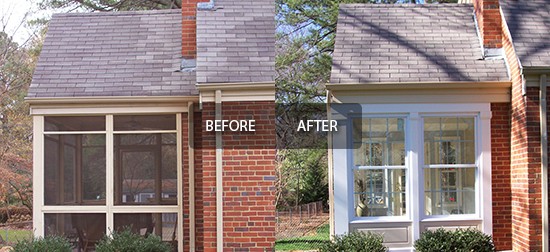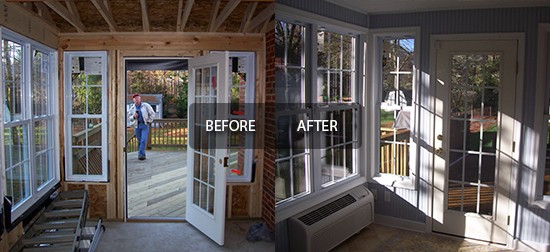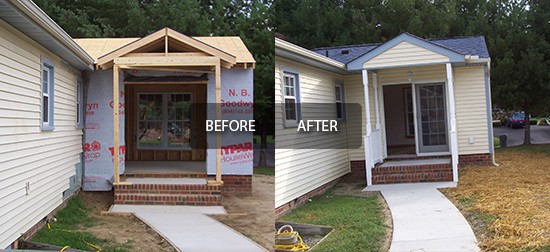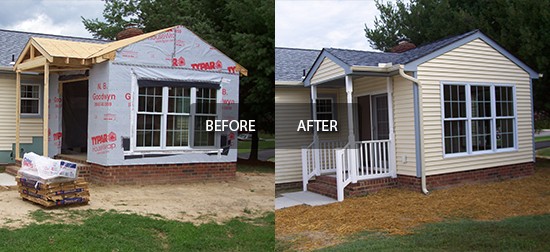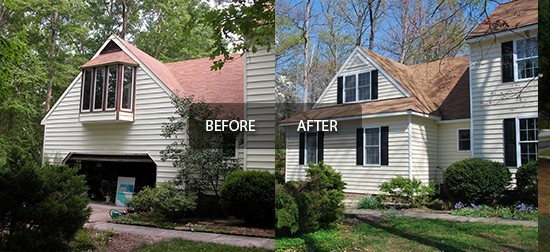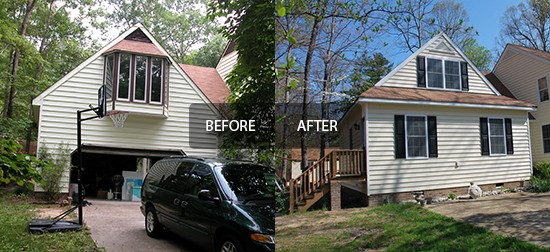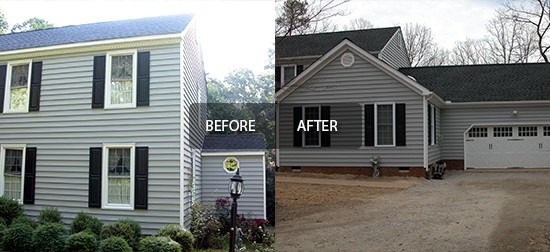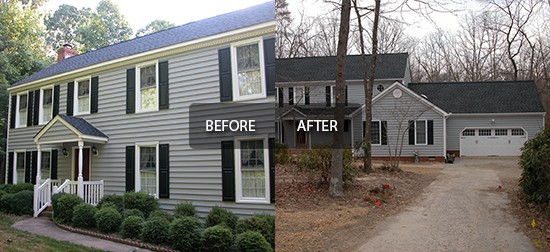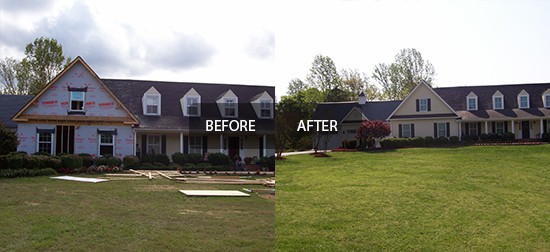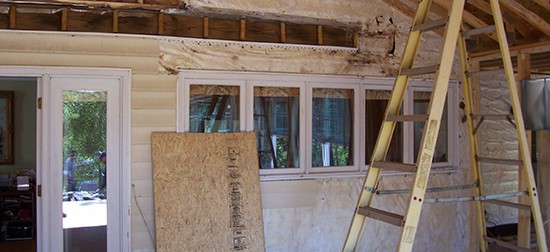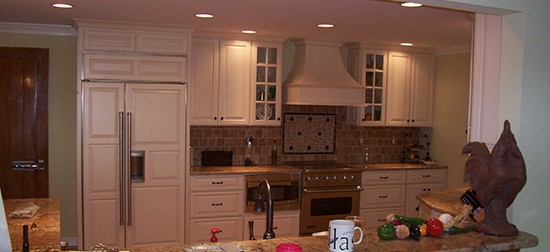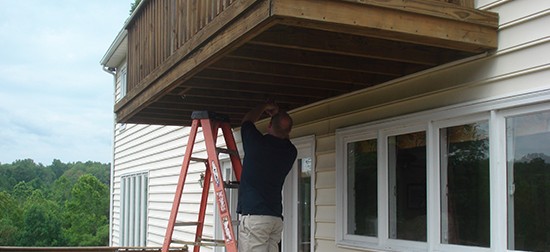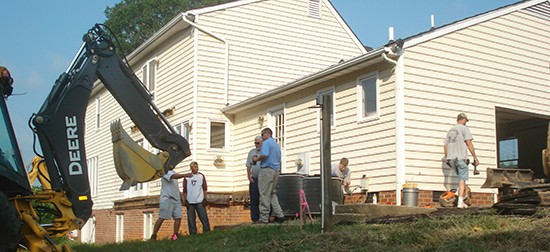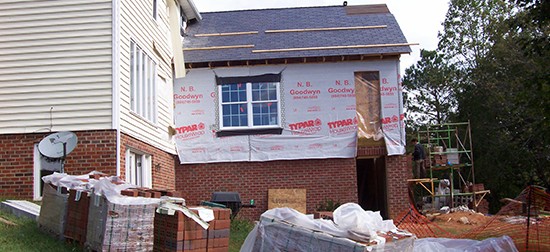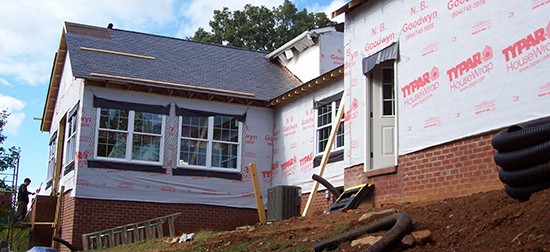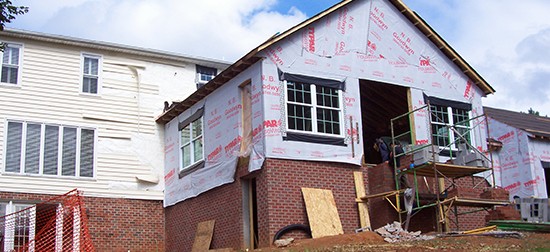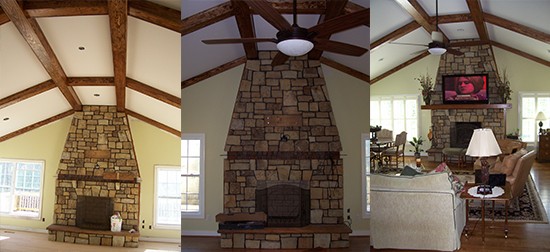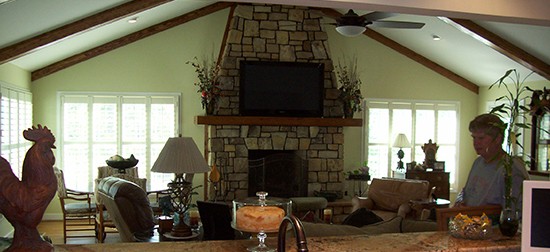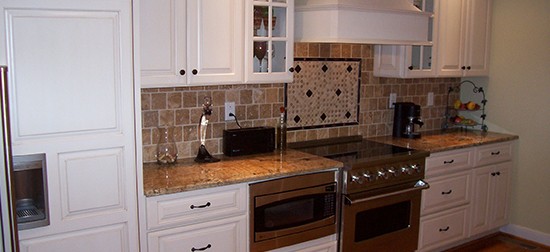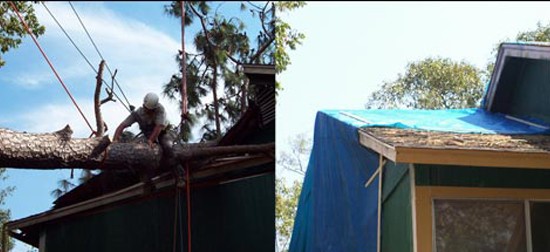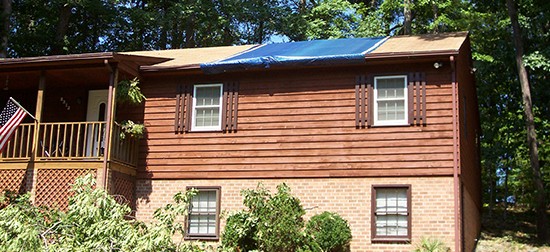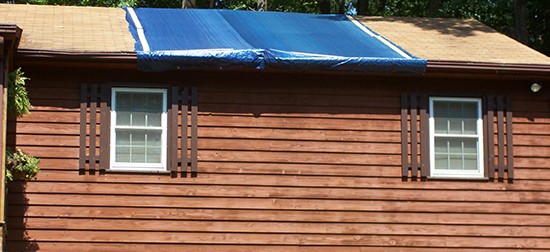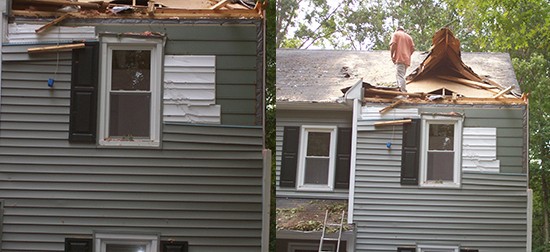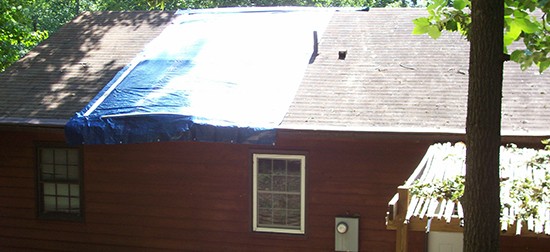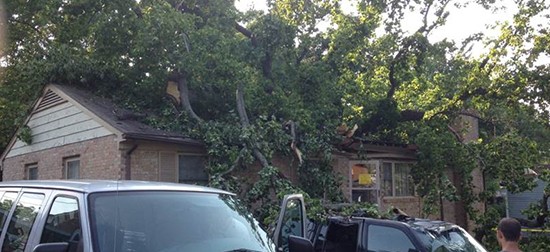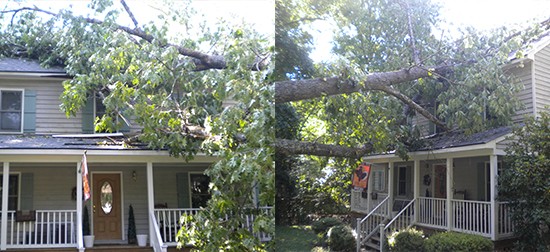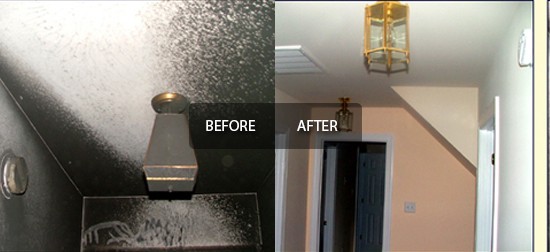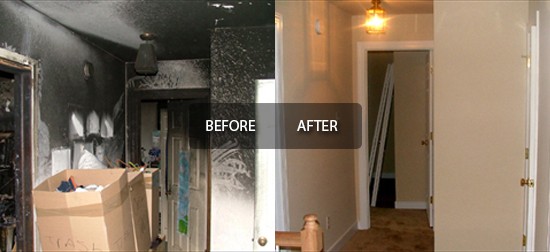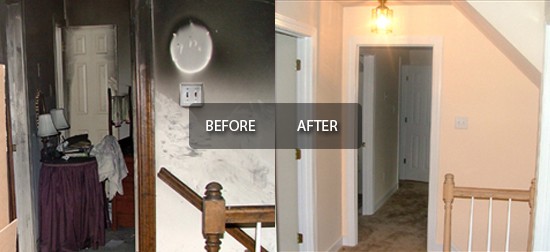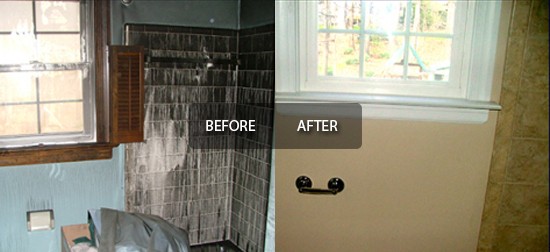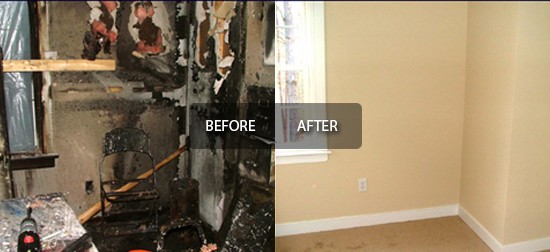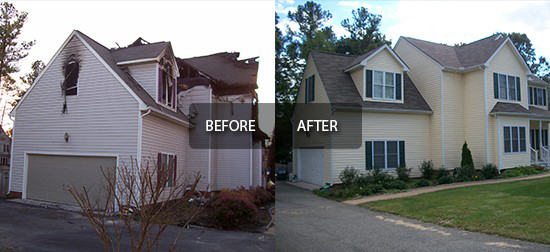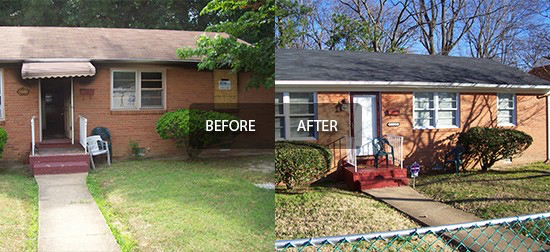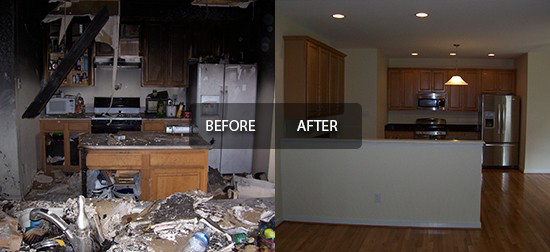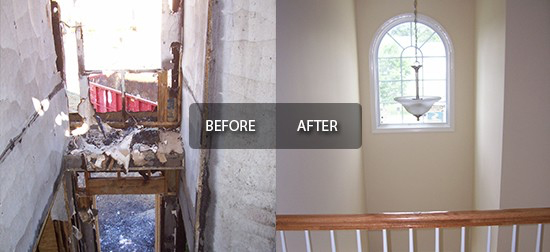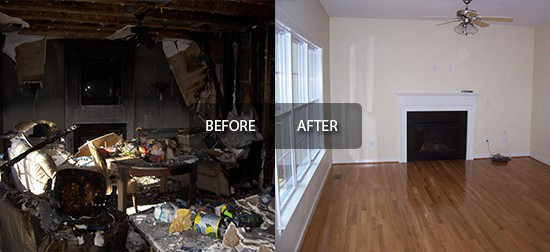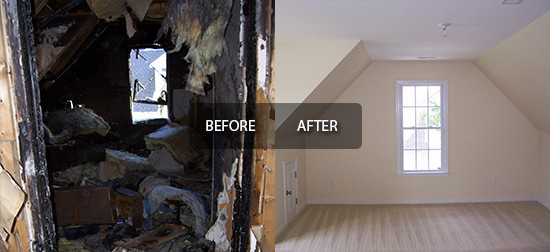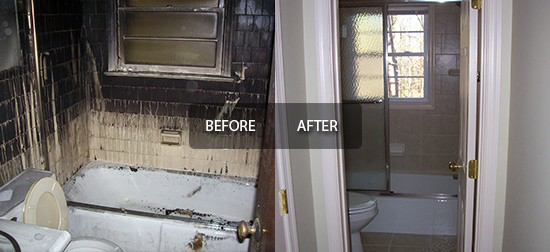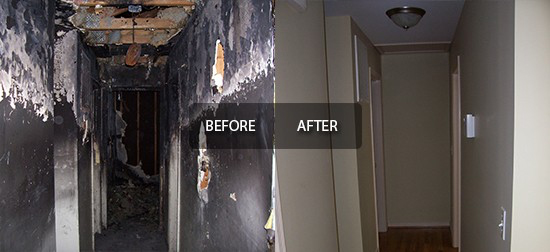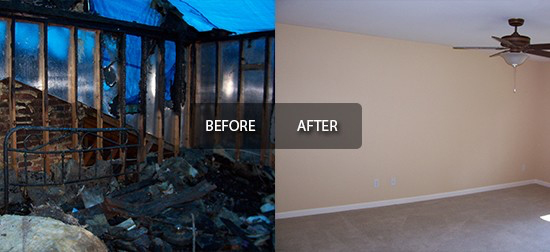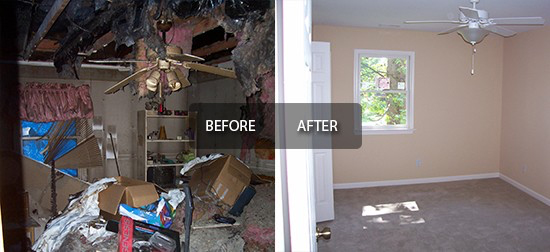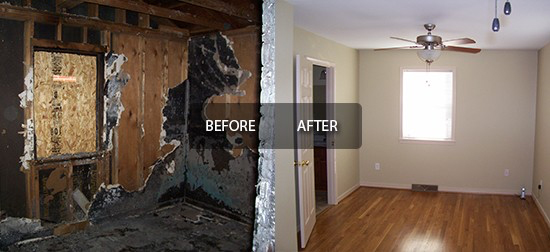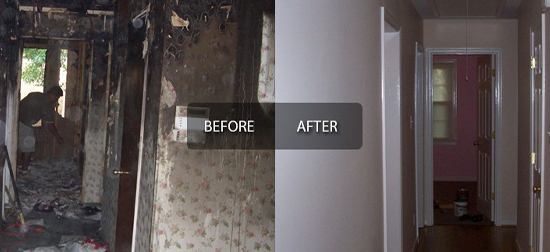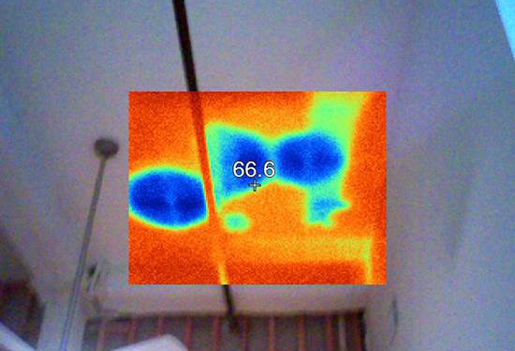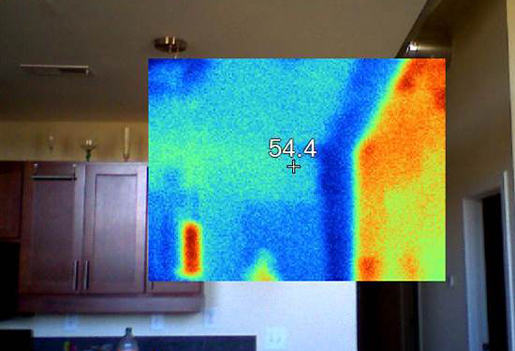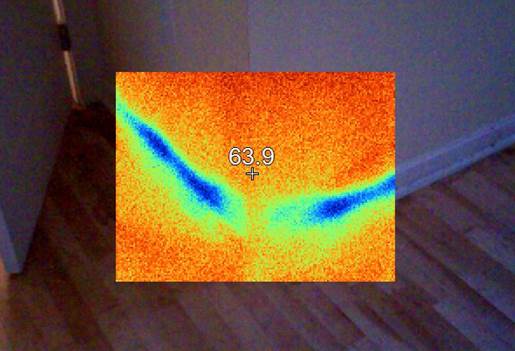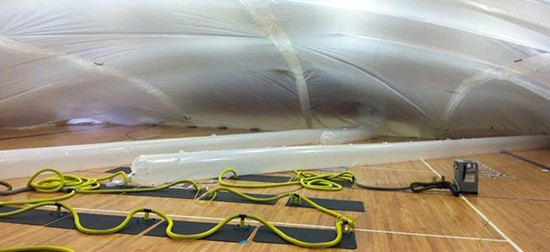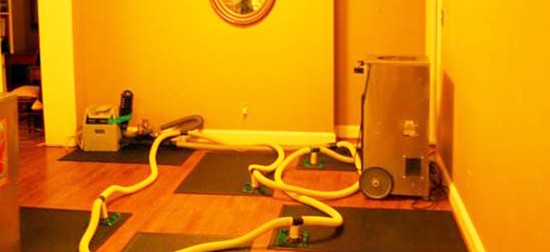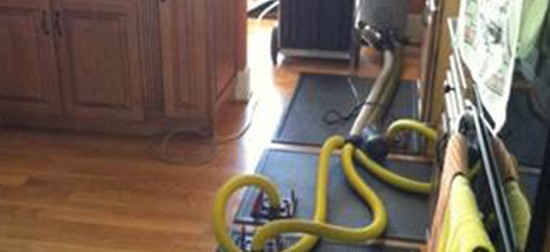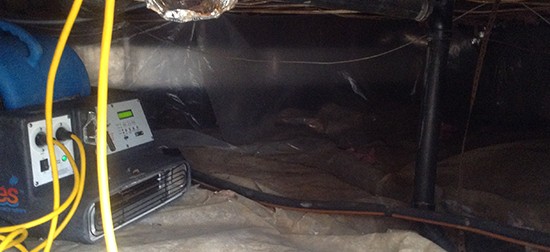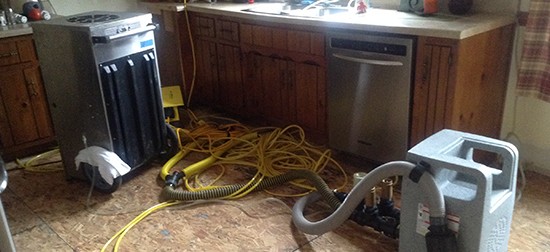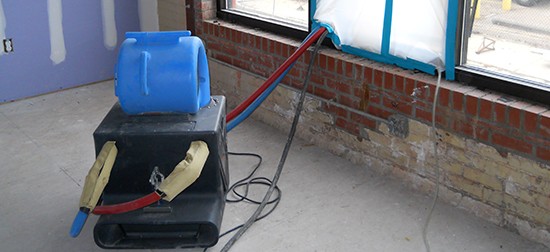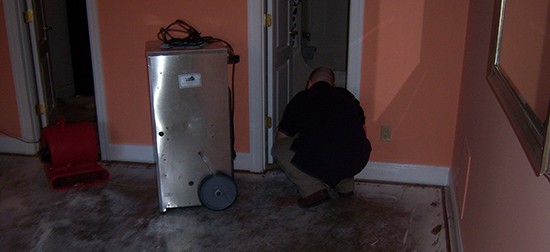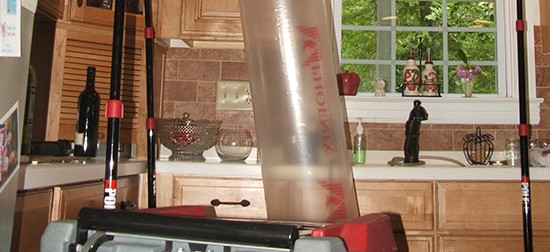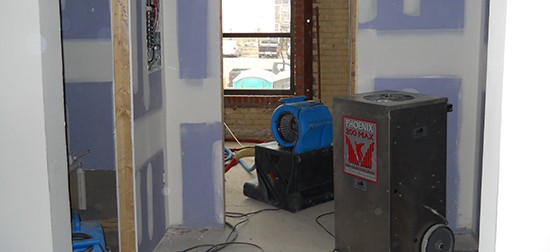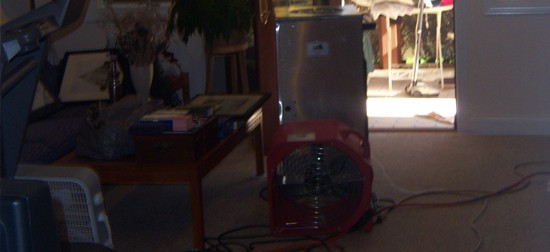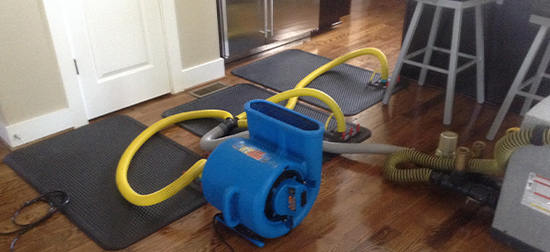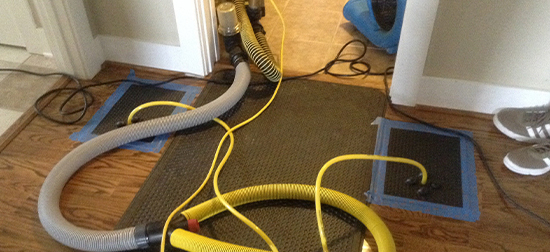When most people think of water clean up, they think about the flood damage Richmond residents have experienced. While flood damage causes significant water damage, many other causes affect homes and businesses every day. Statistics suggest that 14,000 Americans face a water damage emergency daily.
Sadly, much of this water damage results from hidden water leaks. What this means is that homeowners and commercial property owners do not see the water damage until it has done significant damage. If water damage goes undetected for a long period of time, you can face many problems, such as mold growth and structural issues.
You can avoid running into a major water damage emergency if you learn how to detect water damage in your home or business. Generally, you can look, smell, and feel for water damage.
Watch for Standing Water
The most obvious way there is water damage is if you can see standing or pooling water. For example, this may be a puddle from a leaking roof or an accumulation of water underneath an appliance such as a refrigerator. Should you find pooling water, you must find the source and then get to work fixing the problem and seeing the extent of the water damage.
Look for Water Rings
Another sign you are dealing with water damage is visual water rings on the ceilings. These tend to be obvious. They are typically discolored spots, appearing as yellow, gold, or brown. While we say rings, the discoloration can also take formations. For example, a water ring may stretch into a discolored line across the ceiling where the water damage has spread. In addition to discoloration on ceilings, you may also notice staining on walls or underneath cabinets from water damage.
Feel for Texture Changes to Flooring
If water has seeped under the flooring, you will be able to feel textural changes. For example, you may notice soft or sagging floors. It is important to understand that water damage affects all types of flooring, including hardwood and tile flooring. These types of flooring will show visible signs of warping, cracking, or buckling.
Check Under the Cabinets
If you notice discoloration or warping under your cabinets, you can assume you have leaking pipes. Also, if it feels damp or you see mold, you have water damage that is affecting the area near your cabinets. You will need to contact a plumber to get the issue fixed before you are facing a major water damage event.
Follow Your Nose
If your property smells musty, you may have water damage. Often, water seeps into porous materials, such as drywall, which leads to mold growth. Mold is not only visible, but it also has a detectable odor. If you have a lingering mildew odor, you need to locate the source of the odor and identify the cause of moisture and mold growth. In addition to water damage removal, you will also need mold remediation.
Use Your Ears
Leaks don’t always make noise, but in some cases, you may be able to hear a leaky pipe. According to Water Finance and Management, “Leak sounds are directly related to the type of pipe, size of pipe and pressure inside the pipe. Typically, water flowing through a pipe does not make noise, unless disturbed.” Leaks are one such disruption.
Where to Look for Potential Water Damage
You can’t prevent every water damage event, but you can protect your home or business by inspecting it for potential water damage regularly. Start by inspecting these areas which are more prone to water damage.
- Ceilings – Assess your ceiling for signs of water damage – especially in spaces where bathrooms are located above the ceiling. Ceiling water damage can also be the result of a leaky roof.
- Walls – Look for discoloration or warping on your walls. Pay careful attention to sections of the wall that are close to plumbing pipes. Additionally, look carefully at the walls near doors and window frames.
- Flooring – There are numerous ways your flooring can be affected by water damage, such as overflowing bathtubs and leaking appliances. If you notice sagging, warping, cracking, buckling, or expanding, you likely have a water damage problem. Additionally, if you notice flooring that is deteriorating, you may be dealing with dry rot. Dry rot occurs from long term water damage where mold destroys the material. If the floor feels spongy in spots, you may be facing dry rot, which also affects the structural integrity of the property.
- Attics – Attics are notorious for water damage issues – especially attics beneath old roofs. Not only do you have to worry about tree limbs going through your roof and causing water damage, but you also need to be concerned about winter storm damage. Snow and ice can melt and seep through any missing shingles or cracks in your roof. You want to pay careful attention to the roof areas near the chimney and the roof vents. You also want to inspect the insulation for signs of mold growth.
- Appliances – You should also make a point to inspect your appliances for potential water damage issues regularly. For example, look behind and underneath your refrigerator, washing machine, dishwasher, and hot water heater. You should also inspect any water fixtures in your home, such as toilets and water faucets, for any leaks.
- Basements – 98% of basements will experience water damage in their lifetime from storms, flooding, or burst pipes.
What to Do If You Need Richmond Water Damage Restoration
There is much more to water damage restoration than just water removal. It takes professionals who know the most advanced techniques and have the most sophisticated technology for water restoration. You don’t want to risk doing it yourself and not actually ridding the property of water or moisture issues. If the property is not meticulously restored, you risk spending more time and money in the long run to correct issues. When you work with Virginia Restoration Services, you receive professional quality service and a property restored to its pre-loss condition.



